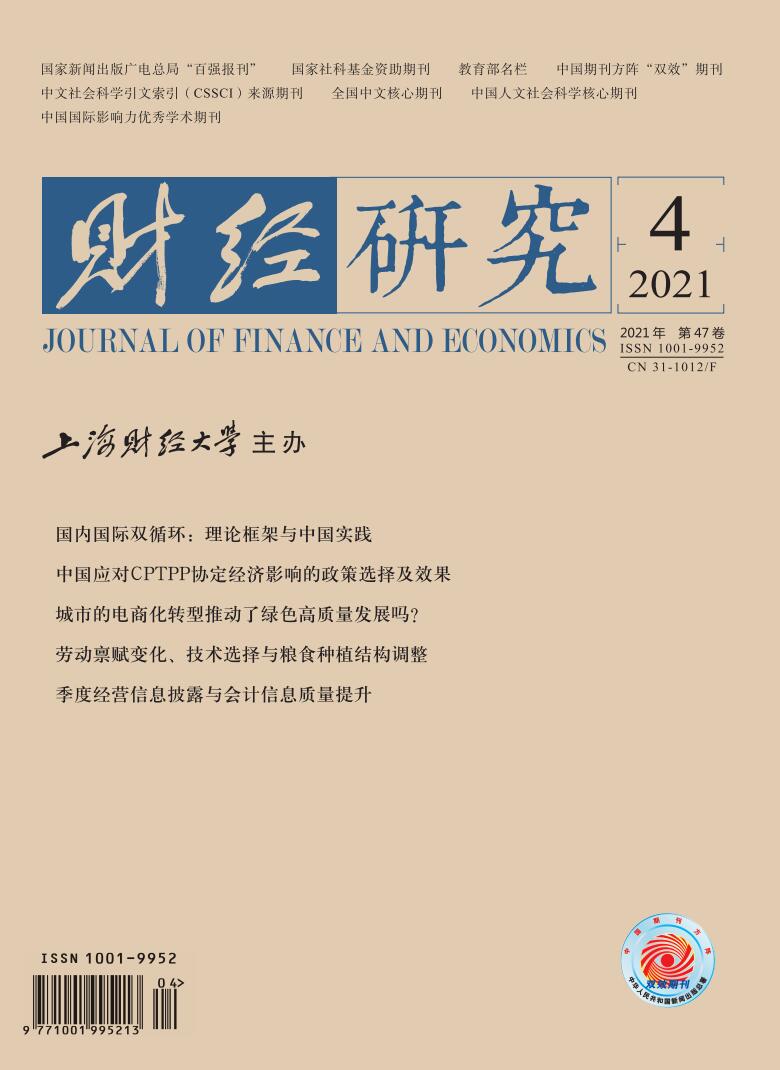Concentrated and contiguous poverty-stricken areas(CCPAs)are the main battlefield of poverty alleviation in China. Green development is an important measure of targeted poverty alleviation in China. How green development can promote poverty alleviation in CCPAs is related to the policy trend of China’s future modernization.
This paper provides a comparative analysis for the CCPA group and the non-concentrated and non-contiguous poverty-stricken area(NNPA)group based on the 2001-2007 panel data of 284 prefectural-level cities constituted by CCPAs and NNPAs. And we refer the sustainable development livelihood framework to study the poverty alleviation effect and mechanism of green development. Furthermore, this paper chooses two variables, the air ventilation coefficient and the word frequency of green development in the government working report, as the instrumental variable(IV)for green development, which in turn allows us to estimate the influence of green development on poverty alleviation in the econometric framework of two-stage OLS(2SLS).
The results indicate that: (1)The impact of green development on poverty alleviation in both CCPAs and NNPAs is marked by an inverted U-shaped curve. However, compared with NNPAs, both the effect of green poverty alleviation and the effect of transformation are more significant in CCPAs.(2)Green development affects poverty alleviation mainly through the knowledge spillover effect in both CCPAs and NNPAs, indicating that the green-led education poverty alleviation can directly affect the poor, which is an important measure to promote poverty alleviation.(3)We find a significantly diminishing marginal effect between knowledge spillover effect and poverty alleviation, but the diminishing marginal effect in CCPAs is more obvious than that in NNPAs. The results imply that the government should continue to increase investment in education in CCPAs and NNPAs, and connect green poverty alleviation with the strategy of rural vitalization efficiently in the post-poverty alleviation period, leading to the modernization of China. This paper contributes to the literature in the following two ways. First, this paper focuses the research objects of poverty alleviation on CCPAs, highlighting the uniqueness of China’s poverty problem. Second, we take the air ventilation coefficient and the word frequency of green development in government working report as instrumental variables of green development to further control for the endogeneity problem and obtain robust results.






 5103
5103  5199
5199

